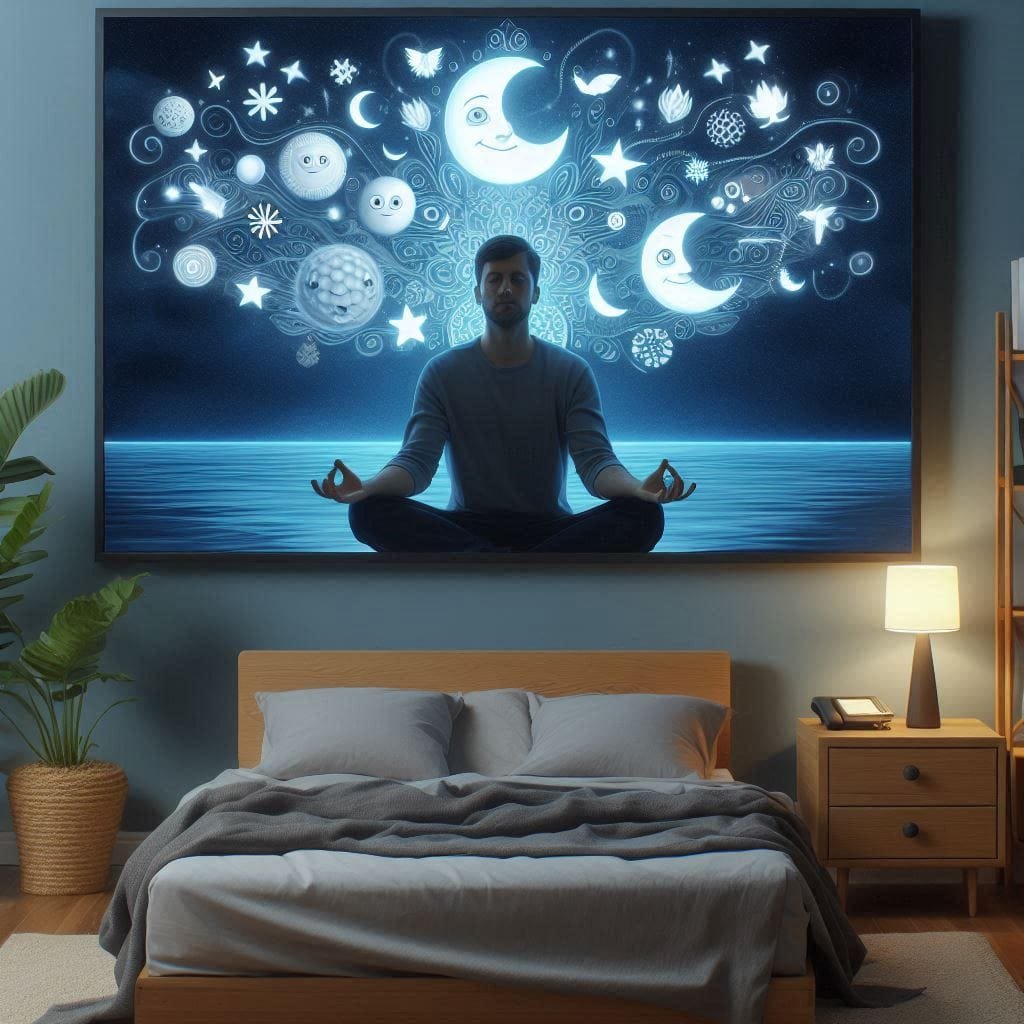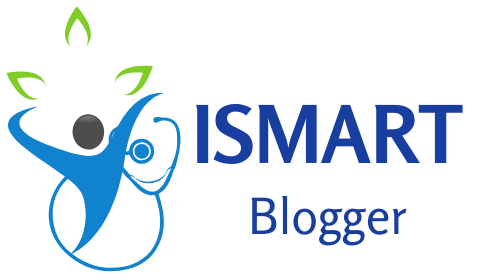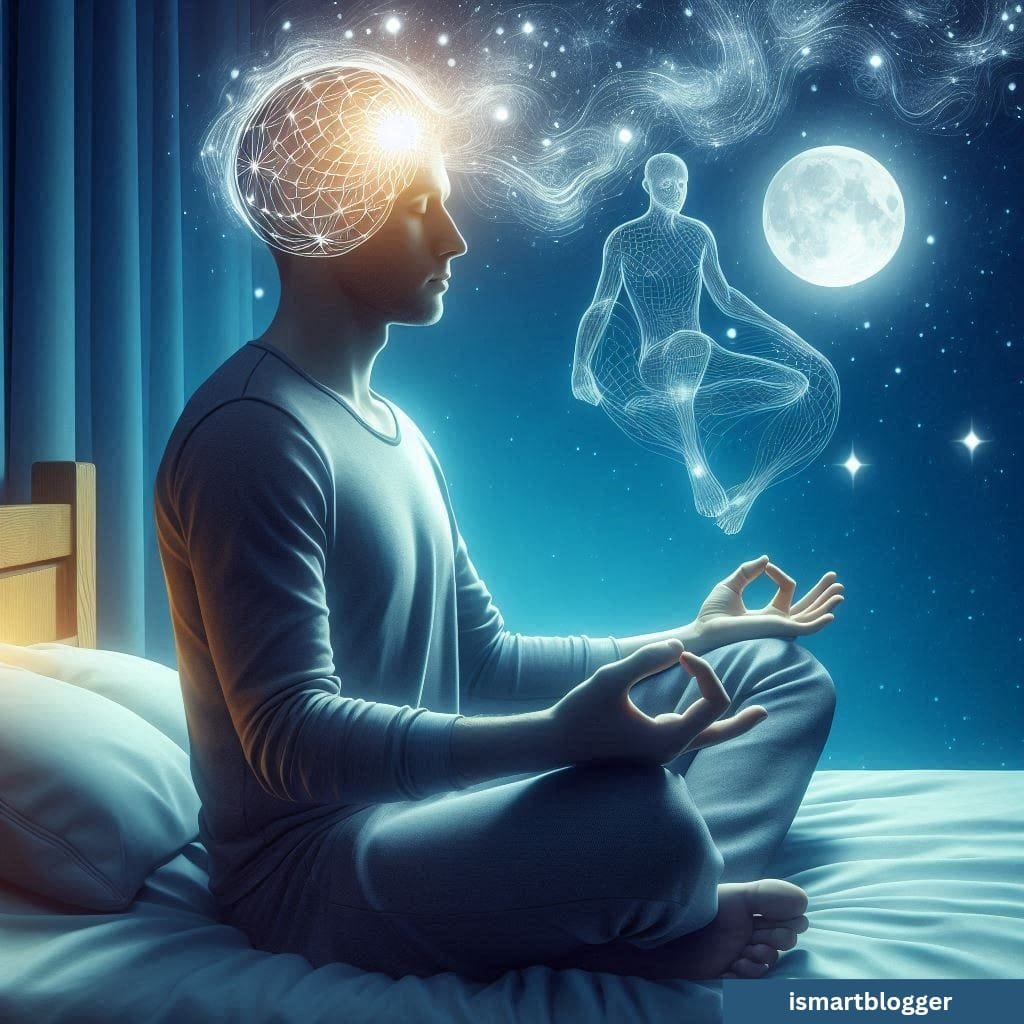Calming Techniques for Anxiety-Induced Insomnia: Manage Sleeplessness
Discover effective techniques for managing anxiety-induced insomnia and calming the mind to promote restful sleep. Improve your well-being today!
Introduction
Anxiety-induced insomnia is a sleep disorder characterized by difficulty falling asleep, staying asleep, or experiencing poor quality sleep due to heightened anxiety levels. It is a common condition that affects a significant number of individuals worldwide. Anxiety-induced insomnia can be triggered by various anxiety disorders such as generalized anxiety disorder (GAD), post-traumatic stress disorder (PTSD), panic disorder, obsessive-compulsive disorder (OCD), and social anxiety disorder (SAD).
The prevalence of anxiety-induced insomnia is alarming, with studies indicating that approximately 50% to 70% of individuals diagnosed with an anxiety disorder also struggle with sleep disturbances. Furthermore, even those without diagnosed anxiety disorders may experience occasional episodes of insomnia triggered by transient bouts of anxious thoughts or worries.

This condition significantly impacts individuals’ well-being as it not only disrupts their sleep patterns but also has adverse effects on their mental and physical health. Recognizing the importance of managing anxiety-induced insomnia is crucial for safeguarding one’s overall health and quality of life.
Sleep plays a vital role in maintaining cognitive functioning, emotional regulation, and physical well-being. Disturbed sleep caused by high levels of anxiety can lead to daytime fatigue, impaired concentration and memory, mood disturbances such as irritability or depression, decreased productivity, compromised immune system functioning, and increased risk of accidents or injuries.
Definition of Anxiety-Induced Insomnia
Anxiety-induced insomnia refers to the inability or difficulty in obtaining sufficient and restorative sleep due to heightened levels of anxiety. Individuals experiencing this type of insomnia often find themselves lying awake at night unable to fall asleep despite feeling tired or fatigued. Even if they do manage to fall asleep initially, they may wake up frequently throughout the night or have trouble returning to sleep after waking up too early in the morning.
This type of insomnia typically occurs due to the activation of the body’s stress response, commonly known as the fight-or-flight response. When individuals are anxious, their bodies release stress hormones such as adrenaline and cortisol, which trigger a state of hyperarousal.
This hyperarousal disrupts the natural sleep-wake cycle and prevents individuals from entering those deeper stages of sleep necessary for restorative rest. Furthermore, racing thoughts and worries often accompany anxiety-induced insomnia.
As individuals lie in bed trying to fall asleep, their minds become flooded with intrusive thoughts or concerns about various aspects of life, exacerbating their anxiety levels further. These racing thoughts can be relentless and make it extremely challenging to calm the mind and drift into a peaceful slumber.
Prevalence and Impact on Individuals’ Well-being
The prevalence of anxiety-induced insomnia is substantial, affecting a significant portion of the population worldwide. According to studies conducted by sleep experts around the globe, approximately 30% to 50% of adults experience occasional bouts of insomnia caused by heightened anxiety levels. Additionally, research indicates that nearly half (45%) of those diagnosed with an anxiety disorder also struggle with chronic insomnia.
This condition’s impact on individuals’ well-being is far-reaching and encompasses both physical and mental health domains. Sleep deprivation resulting from anxiety-induced insomnia can lead to daytime fatigue, decreased energy levels, impaired cognitive functioning (e.g., memory deficits or difficulty concentrating), reduced ability to cope with stressors effectively, and hindered decision-making skills.
Mental health consequences associated with ongoing sleep disturbances include increased vulnerability to mood disorders such as depression or bipolar disorder, heightened levels of anxiety or panic attacks during waking hours due to fatigue-induced irritability or emotional dysregulation. Furthermore, individuals experiencing chronic anxiety-induced insomnia often report decreased quality of life due to limitations in social interactions caused by daytime sleepiness, reduced productivity, and difficulties engaging in leisure activities or hobbies.
Understanding Anxiety-Induced Insomnia
Causes and Triggers of Anxiety-Induced Insomnia
Anxiety-induced insomnia is a common sleep disorder that can have profound effects on an individual’s quality of life. It arises from the intricate interplay between anxiety and sleep, with anxiety acting as a significant disruptor of normal sleep patterns. Several underlying causes and triggers contribute to the development of this condition.
Generalized anxiety disorder (GAD), characterized by excessive worry and apprehension, is one such cause. Individuals with GAD often experience difficulty in managing their worries, which frequently infiltrate their thoughts during bedtime, making it challenging to initiate or maintain sleep.
Another trigger for anxiety-induced insomnia is post-traumatic stress disorder (PTSD). People who have experienced traumatic events may suffer from intrusive memories, nightmares, or flashbacks, causing high levels of arousal and emotional distress that interfere with their ability to fall asleep peacefully.
Additionally, panic disorder can provoke intense episodes of fear or terror, commonly accompanied by physical symptoms such as rapid heart rate and shortness of breath. These symptoms can persist during nighttime, leading to heightened arousal that hinders the natural progression into restful sleep.
Obsessive-compulsive disorder (OCD), characterized by distressing recurring thoughts (obsessions) and repetitive behaviors (compulsions), can also contribute to anxiety-induced insomnia. The relentless nature of obsessions can keep individuals mentally preoccupied at night, causing racing thoughts that make it difficult to unwind before bed.
Social anxiety disorder (SAD) can instigate overwhelming fears surrounding social interactions or performance situations. The anticipation and worry associated with these situations often lead to increased physiological arousal and disruptive thoughts that prevent individuals from experiencing a restful night’s sleep.
How Anxiety Disrupts Sleep Patterns
Anxiety has a profound impact on our body’s natural sleep-wake cycle, disrupting the delicate balance necessary for sound and rejuvenating sleep. One way anxiety disrupts sleep patterns is through the activation of the hyperarousal state and the fight-or-flight response.
When anxiety is present, our body’s stress response system becomes overactive, flooding us with adrenaline and cortisol. This heightened state of alertness makes it challenging to transition into a relaxed state necessary for sleep initiation.
Moreover, racing thoughts and worries at bedtime are another critical aspect of how anxiety disrupts sleep patterns. As individuals lay in bed, their minds often become inundated with a stream of negative or intrusive thoughts about past events or future concerns.
This cognitive activity further amplifies arousal levels, making it difficult to quiet the mind and drift off into a peaceful slumber. The incessant rumination can create a vicious cycle where lack of sleep fuels anxiety, which in turn exacerbates insomnia symptoms.
Understanding these disruptive mechanisms helps illuminate why managing anxiety-induced insomnia necessitates addressing both the underlying causes of anxiety as well as its immediate impact on sleep patterns. By taking a comprehensive approach that combines therapeutic interventions to reduce anxiety symptoms with targeted techniques for soothing the mind at bedtime, individuals can regain control over their sleep and improve their overall well-being.
Relaxation Techniques for Promoting Sleep Onset
Progressive Muscle Relaxation (PMR)
One effective technique for managing anxiety-induced insomnia is progressive muscle relaxation (PMR). PMR involves systematically tensing and relaxing different muscle groups, starting from the toes and working your way up to the head. By consciously focusing on each muscle group, you can release physical tension and promote a sense of deep relaxation throughout your body.
This technique can be done independently or with the assistance of guided audio recordings, which provide step-by-step instructions to help you achieve maximum relaxation. During PMR, you may begin by tensing a specific muscle group for about 5-10 seconds before releasing the tension completely.
For example, you could start with your toes by tightly curling them and then letting go. Move gradually upwards, contracting and relaxing muscles in your feet, calves, thighs, abdomen, shoulders, arms, face, and eventually your entire body.
Each time you release the tension from a muscle group, focus on experiencing the deep relaxation that follows. Regular practice of PMR before bedtime can help calm both your mind and body.
Deep Breathing Exercises
Deep breathing exercises are another valuable tool for calming the mind and managing anxiety-induced insomnia. By focusing on slow and deep breaths, you activate the body’s natural relaxation response.
This technique reduces heart rate and blood pressure while promoting a state of calmness. To perform this exercise effectively:
– Find a comfortable position either sitting or lying down. – Close your eyes and take a slow breath in through your nose.
– Allow your abdomen to expand as you fill your lungs with air. – Exhale slowly through pursed lips or slightly parted teeth.
– Continue to breathe deeply in this manner for several minutes. There are various deep breathing techniques that can be used during bedtime routines to induce relaxation.
One popular method is diaphragmatic breathing, which involves consciously engaging the diaphragm to fully fill and empty the lungs. Another technique is box breathing, where you inhale deeply for a count of four, hold your breath for a count of four, exhale slowly for a count of four, and then hold your breath again for a count of four before repeating the cycle.
Cognitive Techniques for Reducing Racing Thoughts at Bedtime
Thought-Stopping Technique
When anxiety-induced insomnia leads to racing thoughts at bedtime, it becomes crucial to interrupt these negative or intrusive thoughts. The thought-stopping technique offers an effective way to achieve this.
By consciously recognizing and acknowledging these unwanted thoughts, you can actively replace them with positive or neutral thoughts. To practice the thought-stopping technique:
– As soon as you become aware of racing thoughts while lying in bed, mentally say “stop” or “enough.” – Visualize a red stop sign or any other symbol that represents stopping in your mind.
– Immediately shift your focus toward positive or neutral thoughts. – Engage in imagery that brings about feelings of tranquility or think about something pleasant.
Breaking the cycle of rumination through thought-stopping can help calm the mind and pave the way for better sleep induction. By redirecting your thinking patterns towards more peaceful and soothing mental imagery, you create an environment conducive to relaxation and ultimately enhance your chances of falling asleep faster.
Conclusion
In managing anxiety-induced insomnia, incorporating relaxation techniques such as progressive muscle relaxation (PMR) and deep breathing exercises can be immensely beneficial. By systematically releasing physical tension through PMR and activating the body’s relaxation response with deep breathing exercises, individuals can promote a calm state conducive to sleep onset. Additionally, employing cognitive techniques like the thought-stopping technique enables individuals to interrupt racing thoughts at bedtime by replacing them with positive or neutral thoughts.
Remember that managing anxiety-induced insomnia is a journey that requires commitment and patience. By consistently practicing these techniques and incorporating them into your bedtime routine, you can gradually regain control over your sleep patterns and improve your overall well-being. With time, you may find yourself experiencing more restful nights, leading to increased daytime energy, improved mood, and enhanced productivity. Embrace the power of these calming techniques and embark on a path towards better sleep and greater peace of mind.





